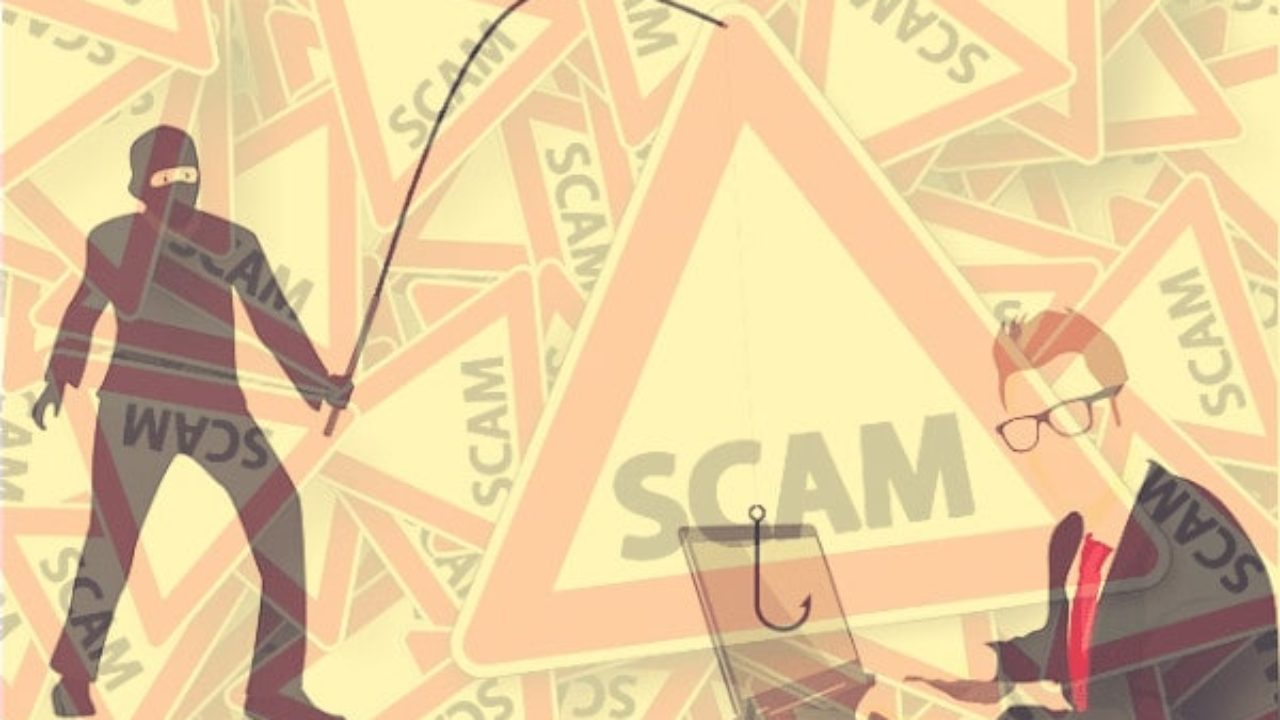
Biggest Crypto Scams of All Times. Beyond your Belief
We call them bad actors, still they manage to trick millions using schemes you would never question. We don’t believe it can touch us, thinking that we are aware of any possible scammers` pranks. But these bad actors manage to fool thousands of people, building smarter and smarter plans.
We collected the biggest, beyond-belief crypto scams of all time.
- Biden, Apple, Elon Musk, and other high Twitter accounts were hacked in crypto scam
In July 2020 a great number of Twitter accounts with millions of followers were hacked to propagate a cryptocurrency scam.
Twitter accounts including Apple, Uber, Jeff Bezos, Elon Musk, Joe Biden, Kim Kardashian West, Warren Buffett, Barack Obama, Mike Bloomberg, Bill Gates, Wiz Khalifa, Wendy’s, CashApp, and MrBeast posted the crypto scam.
The most well-known figures` accounts and many others posted the same twit promoting the address of a bitcoin wallet with the message that the amount of bitcoin transferred to the address would be doubled and sent back. However this fraud scheme is well known in the cryptocurrency space, thousands of people lost their bitcoins.
The cryptocurrency-focused Twitter accounts such as @binance, @coindesk, @coinbase, @bitcoin, and @ripple, were the first profiles to be hacked with the same message: “We have partnered with CryptoForHealth and are giving back 5000 BTC to the community”.
It was reported the hackers leveraged an internal Twitter admin tool to get access to the high-profile figures` accounts. The same evening official Twitter Support announced that “a coordinated social engineering attack” on the company's employees gave hackers “access to internal systems and tools.”
- Binance was hacked by $40 million in crypto
2019 is considered to be one of the best years for scammers. In May 2019 hackers stole $40 million worth of bitcoin from Binance, the largest exchange.
However it was an unexpected case for such advanced crypto exchange like Binance, attackers managed to steal 7,000 bitcoins, two-factor authentication codes, and API tokens. Later Binance also declared that the hackers attacked "very high net-worth accounts".
In the report on their website, Binance said: "The hackers had the patience to wait, and execute well-orchestrated actions through multiple seemingly independent accounts at the most opportune time. The transaction is structured in a way that passed our existing security checks. It was unfortunate that we were not able to block this withdrawal before it was executed".
- Cryptoqueen: the strongest ongoing scam of all times
Dr. Ruja Ignatova started OneCoin in 2014. She named herself the ‘cryptoqueen’ and leading business magazines such as Forbes Bulgaria put her on the covers (it came out to be paid promotion).
OneCoin is not only a crypto scam that is lasting till today, it is a whole cult with quasi-religious worshipers. OnceCoin has gained about €4 billion in total, €100 million only from the UK. The thing is OneCoin never had a blockchain system and still exists as a pyramid scheme.
OneCoin`s structure reflects a pyramid scheme. Participants around the world spread the OneCoin scam in their region, organizing webinars and meetups, honestly believing it not to be a fraud. OneCoin followers were part of the OneLife Network and talked about changing the world. They had a hand sign containing a circle and a one.
However, those events were designed not to educate but to convert new worshipers. It's beyond belief, but people wrote songs about OneCoin and held beauty contests and other events, gathering packed stadiums, even Wembley Arena in London.
In 2017, Ruja didn't show up at one of such events in Lisbon and vanished as one of the richest women in Europe. Today Ruja is wanted by the FBI and is officially charged in absentia with the US authorities reporting OneCoin as a scam.
Konstantin Ignatov, Ruja`s brother, took over OneCoin after her disappearance. Though, Konstantin is in jail in New York now, waiting for the tribunal. It appears the FBI wants to put a lot of the blame for the company’s actions on top of Konstantin as they are unable to find Ruja.
Nonetheless, the OneCoin office in Sofia, Bulgaria still operates.
- Mt.Gox – the most infamous collapse
There is hardly a person who has never heard of Mt. Gox — a complex of corruption and scam. Almost a decade ago Mt. Gox was a crypto exchange with headquarter in Tokyo trusted by users around the globe. Back in 2014, there was a lack of places to trade Bitcoin, so Mt. Gox, controlled more than 70% of all crypto users.
Unluckily, in a few years, the exchange showed nothing but large hacking attacks, governmental investigations, and a huge bank run when users found it was impossible to withdraw their funds.
In the end, Mt.Gox announced bankruptcy and reported the loss of around 850,000 Bitcoins, worth about $450 million dollars at that time, which is about $8 billion today. The crash of Mt.Gox provoked the Bitcoin price to drop from $800 to $400 and brought the first Bitcoin market crash in history.
- Israeli brothers arrested for scam and hacks
Eliyahu Gigi and his younger brother Assaf Gigi were arrested by the cyber police of Israel in 2019 for phishing schemes and Bitfinex hacking in 2016. Brothers managed to steal up to $100 million.
Eli and Assaf have been methodically theft cryptocurrency by accessing traders’ wallets. They set up fake crypto websites, imitating leading exchanges and wallets, and trapped traders into them.
Brothers used to post links to the websites on Telegram groups and other networks for traders. When the traders followed the links and submitted their private keys, the Gigi brothers stole the information and transferred coins to their own wallets.
Gigi brothers were also suspected by the investigators in the connection to a 2016 hack of Bitfinex. Though, the police refused to speak about this case.
There is only one way to fight crypto scams, and it is knowledge about how cryptocurrency, and most important, blockchain work.
Crypto investors have to be educated on how to spot such fraudsters.
Learn Bitcoin and Blockchain with online courses from BAI, don't let scammers trick you.




